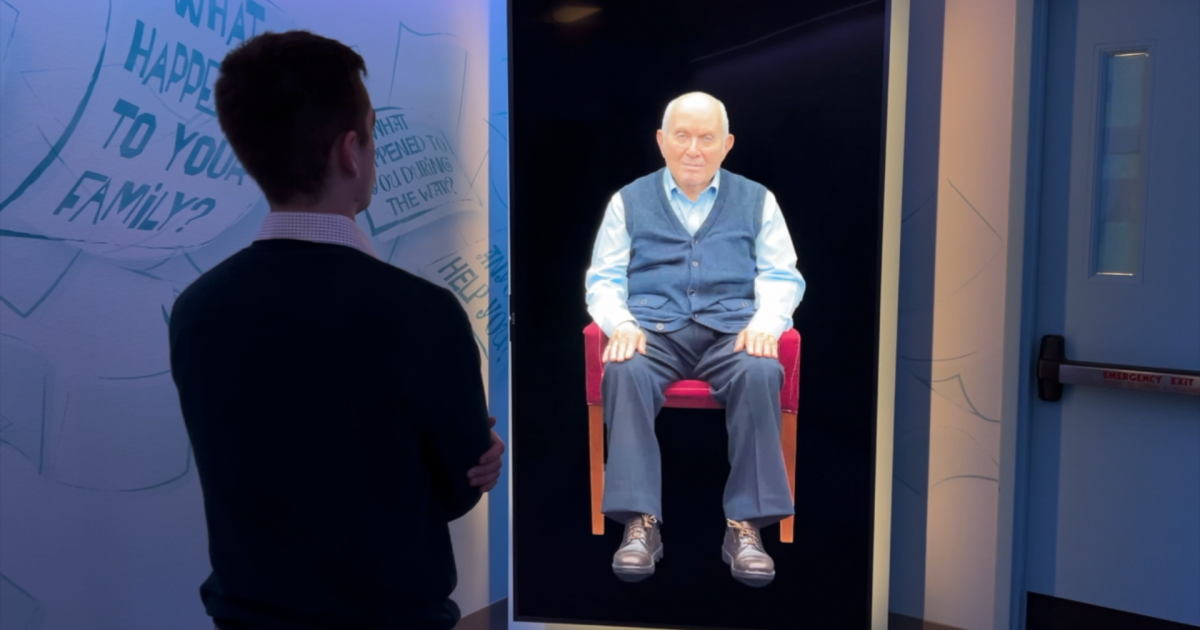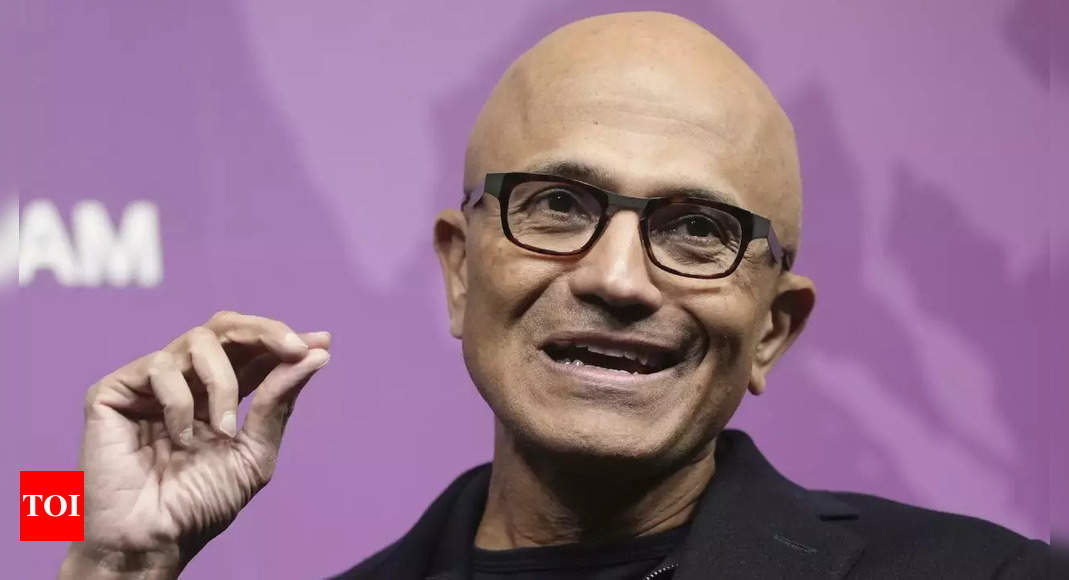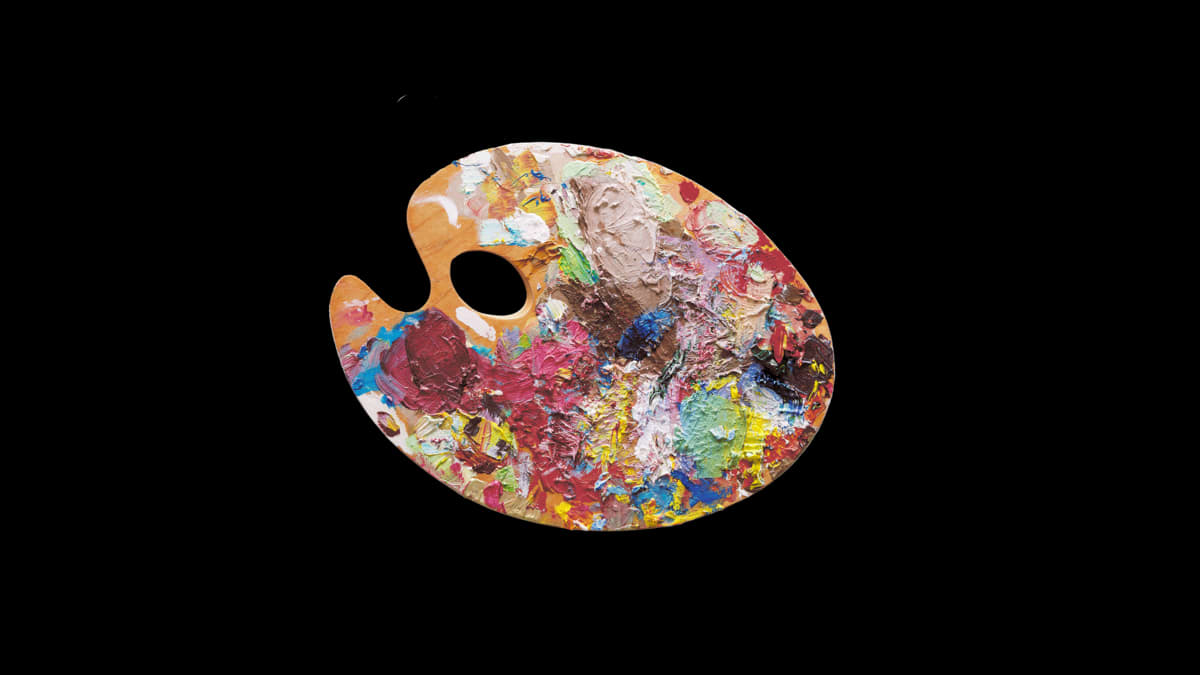Artificial intelligence is revolutionizing the approach to educating individuals about the Holocaust. The Nancy and David Wolf Holocaust & Humanity Center showcases the “Dimensions in Testimony” exhibit, featuring the firsthand testimony of Pinchas Gutter, a survivor currently residing in Canada who endured the horrors of six Nazi concentration camps during his youth.
Through this innovative exhibit, visitors have the unique opportunity to engage with Gutter as a holographic projection, posing questions about his harrowing experiences, reflections on his holographic representation, personal preferences such as favorite foods, his poignant message to the younger generation, and any other inquiries they may have.
Gutter dedicated extensive time to recording his testimony, which is now accessed and interpreted by artificial intelligence to provide insightful responses to visitor inquiries. This approach ensures that the information shared is authentic and based solely on the survivor’s testimony, eliminating the risk of misinformation or fabricated details.
Al Miller, a Jewish survivor who fled Nazi Germany in 1937 and later served in the U.S. Army interrogating suspected war criminals as a Ritchie Boy, also contributed his testimony to the exhibit at the age of 100. His daughter-in-law, Barbara Miller, emphasized the profound impact of leveraging such technology for Holocaust education, stressing the importance of preserving and sharing these crucial narratives, especially with younger generations who may lack awareness of this historical tragedy.
Despite the concerning findings of a December 2023 YouGov poll indicating a disturbing level of Holocaust denial among young people, Barbara Miller highlighted Al’s steadfast commitment to sharing his story to educate and inspire audiences, irrespective of size. She underscored his unwavering message that the Holocaust didn’t commence with bullets but with the power of words, a cautionary tale particularly relevant in light of recent antisemitic incidents following geopolitical events.
The museum plans to make Al’s testimony, along with that of survivor and retired University of Cincinnati professor Henry Fenichel, accessible to the public in early 2025. Barbara Miller expressed Al’s fervent desire to prevent history from repeating itself by imparting the invaluable lessons of the Holocaust to future generations through interactive engagements facilitated by the museum.
Kara Driscoll, the Director of Marketing & Events at the Holocaust & Humanity Center, highlighted the positive reception of this interactive technology among students, noting their comfort in engaging with digital interfaces to connect with historical narratives. She emphasized that this immersive approach not only preserves the memories and legacies of survivors like Al Miller but also offers visitors a meaningful and interactive experience that resonates deeply with the mission of Holocaust education.






